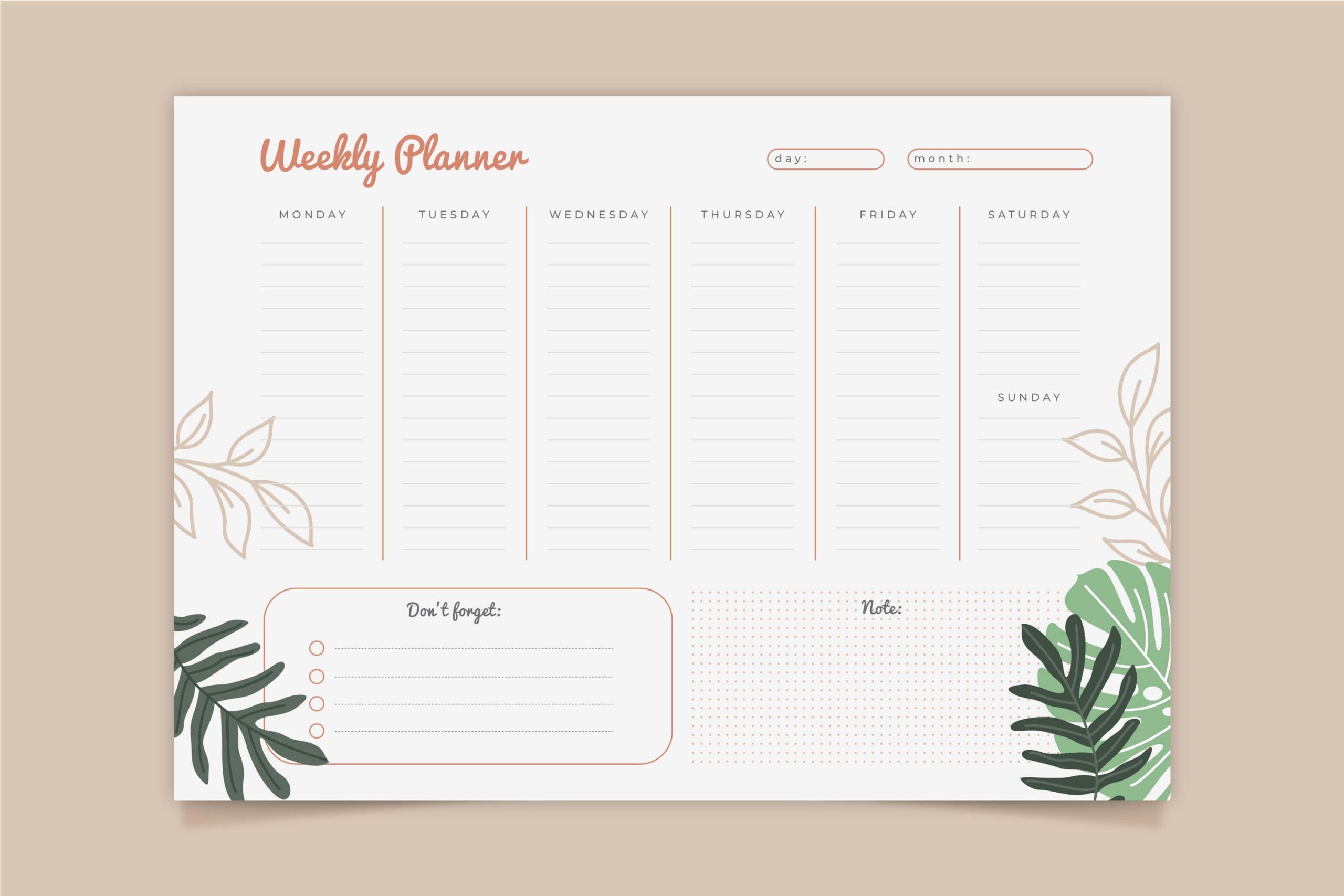Remember that sinking feeling of staring at a to-do list longer than your arm, knowing deep down it’ll be forgotten within hours? Most of us do. A daily schedule may feel like a restrictive jacket, destined to be abandoned in a crumpled heap of good intentions.
But here’s the truth: a well-crafted daily schedule can be the difference between chasing aspirations and crushing your goals. The key isn’t rigid rules, but a flexible framework that empowers you to win each day.
The Power of a Daily Schedule
A daily schedule is not just about checking tasks off a list. It is the foundation for consistent action and consistency is the key to increasing levels of success.
Research shows that structured routines boost happiness, increase personal satisfaction, reduce stress, and even improve academic performance. Clearly, schedules work. The problem lies in how we build them.
The missing piece?
Alignment. When your daily actions sync with your big-picture vision, magic happens (if you’re yet to define a vision, you may need to go back to this post)
Building a Daily Schedule that Works For You

Maybe you’ve tried scheduling before, only to end up with a colourful calendar collecting dust on your desk. That’s because most schedules neglect a crucial element: alignment. Your vision (your goals, aspirations) needs to be the roadmap guiding your daily actions.
Once you’ve done that, here are a few more things you need to take into consideration
Tap into Your Energy Cycles
The most effective schedule is the one that flows with your natural energy cycle. Everyone has moments in the day when they are most energetic and active and can perform at peak levels or otherwise. Are you a morning lark, chirping with productivity at dawn, or a night owl who thrives under the moon’s glow?
Once you’ve identified your peak performance hours, schedule your most demanding tasks during this period to maximize efficiency and focus and minimise burnout. (Need help identifying yours? Take this quiz).
Remember, your circadian rhythm (24-hour sleep-wake cycle) isn’t the cycle to consider. Ultradian rhythms, 90-minute cycles of alertness and fatigue, also deserve attention. Short breaks every 90 minutes keep your mind fresh and prevent mental exhaustion.
Add buffers for flexibility
Life rarely unfolds according to plan. Unexpected interruptions and unforeseen events will arise and threaten to derail you. A time buffer strategically placed between tasks provides the necessary breathing room to accommodate these disruptions without sacrificing your overall productivity. A buffer period can be as little as five minutes between tasks or entire periods not occupied by any work. The idea is to find one that will work for your kind of day and use it.
Be Strict with Yourself
While flexibility is important, don’t mistake it for laxity. Achieving your goals requires a degree of self-discipline and commitment. Allocate specific time slots for prioritized tasks and stick to them (no matter the distraction) This creates a sense of accountability and helps you build momentum towards your objectives.
Prioritize and Delegate
Not all tasks carry the same weight. Learn to prioritise by identifying the tasks that have the most significant impact on your goals. Use the Eisenhower Matrix to identify these high-impact tasks (think “launch your business”) and delegate the rest (like folding laundry) to free up your time and energy for what truly matters.
Take Breaks
Pushing yourself to the point of exhaustion is counterproductive. Schedule regular breaks throughout your day to allow your mind and body to rest and rejuvenate. These can include taking a short walk, taking a nap, listening to calming music, or engaging in a relaxing hobby. Whatever takes your mind off active work and helps you recharge. Remember, a well-rested mind and body are essential for sustained performance.
Continuous refinement
Perhaps the most underrated but important tip for building a schedule that works is to remember that building a daily schedule that works is a continuous process.
Your schedule should be a living document, constantly evolving as your goals, priorities, and energy levels change. Regularly review your schedule, monitor your progress, identify areas for improvement, and don’t be afraid to experiment with different techniques and tools.
Remember, your schedule is your tool, not your tyrant. Use it to empower yourself, conquer your goals, and live your vision, one perfectly planned day at a time
Worth the Time? Absolutely!
Building a daily schedule that works takes time, effort, and commitment. But the rewards are profound. By optimizing your time and aligning your actions with your goals, you open the door to achieving remarkable things.
So, ditch your fear of to-do lists and embrace the power of planning. Your future self will thank you for it!
Ready to build your dream schedule? Download our free template, share your progress in the comments, and let’s empower each other to win every day!
Pro Tip: Check out these related blog posts for deeper dives into chronotypes, the Eisenhower Matrix, and the power of breaks:


